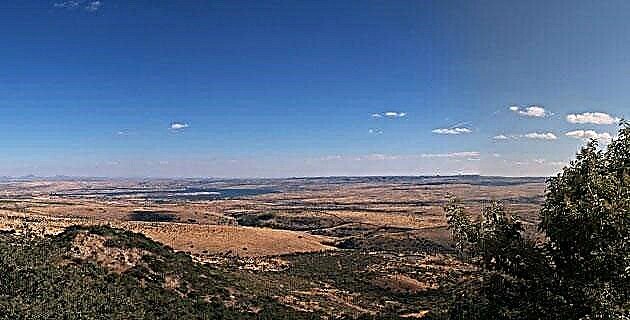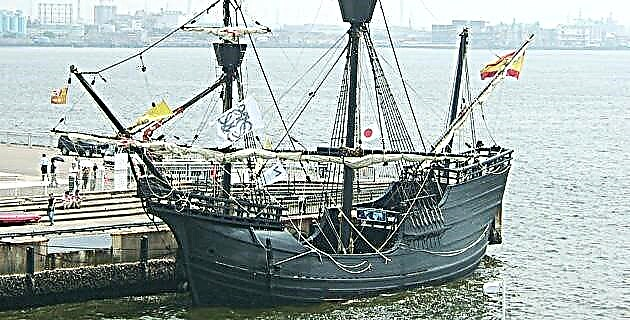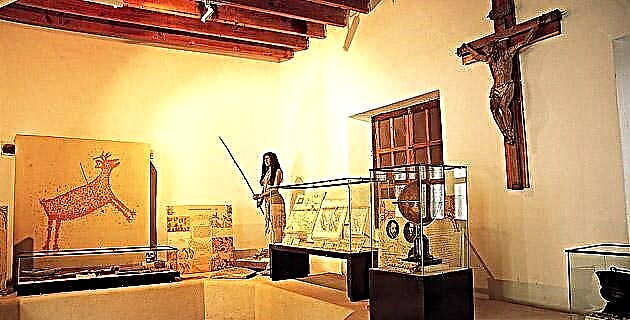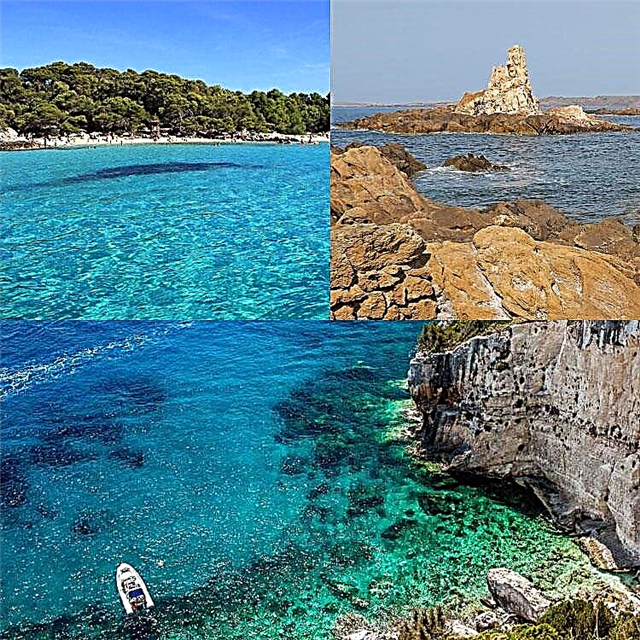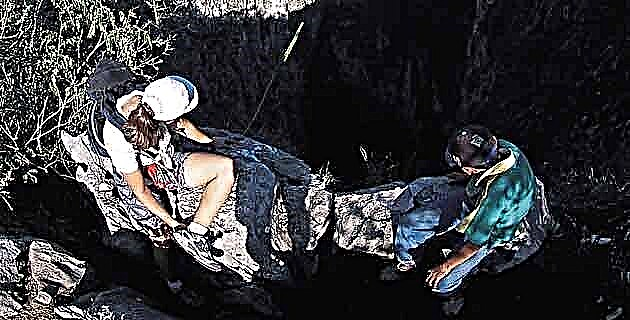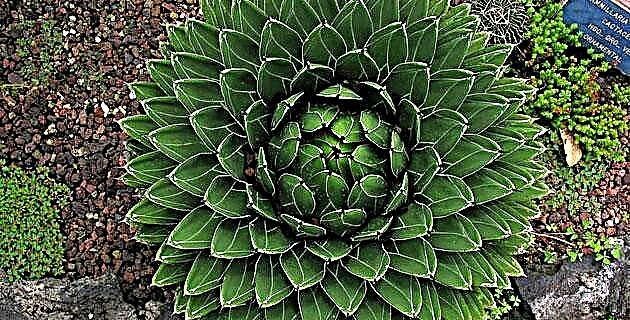
Discover this wonder located in Ciudad Universitaria. You'll be surprised...
The first conquerors were dazzled when they admired the fantastic garden where Moctezuma II cultivated a great variety of plants native to distant tropical lands, wisely gathered and cared for in an extension of two leagues in circumference in Oaxtepec, Morelos. This was not the only example of the creation of a botanical garden in pre-Hispanic times, as there were others, such as the one founded by Nezahualcóyotl in Texcoco, or the one that was a very important part of the greatness of Mexico-Tenochtitlan.
The inhabitants of pre-Hispanic Mexico achieved a remarkable development in terms of the observation, knowledge and classification of plants, especially those that were used as food, both human and animal, with medicinal qualities or simply for their beauty; they endeavored to gather the best and most diverse collections through trade, diplomacy, or even the use of military force.
This meant a great contribution to Europe, since numerous species were exported from America, some of which acquired importance and tradition in the Old Continent and greatly influenced its culture, including culinary art. For example, the production of European chocolate would not have been possible without cocoa, imported directly from Mexico and Central America, nor would Italian dishes be what they are without tomato from South America. However, it was not until the middle of the sixteenth century that the first botanical gardens were established in European countries, which have achieved great development, until they form magnificent world collections, such as those of Kew Garden, Royal Botanical Garden of England.
Today's Mexico has inherited the admiration, affection and knowledge about plants, which is perceived in parks and gardens, and even in the fantastic corridors and balconies of urban homes. In addition to the popular tradition, there is a site in the huge and hectic city of Mexico that is worthy of our rich tradition: the Botanical Garden of the Institute of Biology of UNAM, on the grounds of the University City, southwest of the Federal District.
Founded on January 1, 1959 thanks to the merger of two projects -one proposed by the brilliant botanist Dr. Faustino Miranda and the other by Dr. Efrén del Pozo-, the Botanical Garden acquired characteristics that make it an extraordinary place. It is located in the heart of the Pedregal de San Ángel Ecological Reserve, the last significant stronghold of the senecionetum ecosystem, a unique type of scrub in the world that grew in this area after the eruption of the Xitle volcano, approximately 2,250 years ago. and which has enormous biological and ecological importance, as evidenced by two endemic species –that is, they grow exclusively in the reserve-: an orchid and a cactus (Bletia urban and Mammillaria san-angelensis, respectively). This makes the Botanical Garden an oasis of natural beauty, a paradise, a space of greenery and relaxation where, just by entering, you can breathe a different, clean and fresh atmosphere.
The Garden is much more than just a green area; Through it you can make an extremely pleasant and educational tour, admiring the great variety of plants that are exhibited; Furthermore, the institution offers guided tours, workshops, conferences, audiovisuals, courses and even classical music concerts; Additionally, it has a room for temporary exhibitions, a shop, parking and a magnificent library, open to the public, where information on botany and horticulture can be found; all this surrounded by a superb natural landscape.
However, the Garden is not only a place for walking and learning; Teams of researchers from various disciplines work in it: botanists, ecologists, horticulturists, biochemists and even anthropologists, in order to propagate species that are in danger of extinction, or that have some special importance, and rescuing the traditional knowledge of the herbal medicine and the medicine of indigenous communities of our great country.
The Botanical Garden has two separate facilities: the Faustino Miranda Greenhouse, located in the school zone, and the outdoor garden, on the southwest side, behind the Olympic State of Mexico ´68. The outdoor garden is organized in different areas according to the vegetation that is exhibited in them, thereby achieving a better understanding of the place. There are the arid and semi-arid sections, the National Agavaceae Collection, the Doctora Helia Bravo-Hollis Desert Garden, plants from the temperate region, from the hot-humid forest, the space for useful and medicinal plants and the ecological reserve.
The area of arid and semi-arid ecosystems is of particular importance, since around 70% of the national territory has this type of vegetation. The section is divided into islets surrounded by walkways that lead us to the discovery of magnificent specimens of the various groups of plants adapted to areas with little rain, such as yuccas, with their impressive and aromatic flowering, which are used to prepare exquisite dishes; the cacti, of exclusively American origin, show us their fantastic variety of shapes, colors, beautiful flowers and recognized nutritional and medicinal powers; and the National Collection of Agaváceas, whose best-known representatives are used to make two of the most typically Mexican drinks: pulque and tequila, although there are many other species in fantastic forms.
Special attention deserves the Desert Garden Dr. Helia Bravo-Hollis, a magnificent collection of cacti that is named after one of the founding members of the Garden and an enthusiastic collaborator to date, to which we owe, together with Dr. Hernando Sánchez improved, the excellent work The Cactaceae of Mexico; This section was built in collaboration with the Japanese government, as an example of international exchange. A similar collection exists in the city of Sendai, 300 km north of Tokyo, Japan.
Perhaps the most impressive area is the temperate one, represented by the arboretum (which means “collection of living trees”), which began in 1962. Today it houses superb specimens of great height, bearing and leafiness; Upon entering it, they provoke a feeling of peace, harmony and magnificence; We can delight in contemplating the great pines, which in Mexico are especially important, not only because of the products that we obtain from them, but because the country has about 40% of the world's species. We can also observe cypresses, oyameles, sweetgum, thunder -which despite not being of Mexican origin, are already part of our flora-, as well as many other species that occupy a large space where you can breathe the aroma of the forest, listen to the song of the birds and feel in communion with nature.
The collection of plants of tropical origin is distributed between the Faustino Miranda Greenhouse and the Manuel Ruiz Oronoz Greenhouse. The latter, whose access is delimited by the arboretum, was built in 1966 with the purpose of housing a sample of the wonderful diversity of plants that live in a tropical forest. In it we can find palms, ferns of various types, piñanonas, orchids, ceiba trees and many other species, framed by a very pleasant set of terraces, gardens and rocks. In the depths we discover a pond with a small cave; the sound of falling water drops, plus the heat and humidity make us feel inside a warm and rainy forest… in the heart of Mexico City!
Plants not only have the function of delighting us with their exquisite shapes and colorful blooms with exotic aromas; They are extremely important because they turn out to be the key pieces in the improvement of the environment, especially in urban areas; but in addition, we obtain a multitude of products from them that allow us to survive and that, additionally, make our lives more comfortable. For this reason, there is a large area dedicated to showing us some plants with specific uses, such as food, spices, essences, natural fibers and ornaments, among others.
Special mention should be made of the section on medicinal plants, which has a large collection of specimens, not only from the current era, but from prior to the conquest. In this matter, the Botanical Garden has been carrying out for many years an important rescue of the vast traditional knowledge of herbalism in many regions of our country, so this space represents a good sample of the incredible variety of plants that have some medicinal properties.
The Botanical Garden has played an important role in education and dissemination of knowledge about our natural resources for more than thirty years; In addition, it carries out scientific work to discover new plants with potentially useful uses and rescues invaluable traditional herbal practices. In short, it represents a place of healthy recreation, highly recommended for those of us who live in the most populated city in the world.
GREENHOUSE FAUSTINO MIRANDA
In the school zone of Ciudad Universitaria there is a building that from the outside looks like a large dome with a translucent roof, framed by excellent trees and gardens. It is the Faustino Miranda Greenhouse, belonging to the Botanical Garden of the Institute of Biology of the National Autonomous University of Mexico.
This large 835 m2 greenhouse, designed and built in 1959, was erected with a great view over a natural hollow, a product of the uneven distribution of the volcanic rock from the Xitle eruption, used for the internal distribution of the greenhouse. But this hollow was not enough to achieve the desired hot-humid weather; For this reason, it was necessary to build a large iron and translucent fiberglass dome that covers the entire surface, and that reaches, in its highest part, 16 meters, without using any support other than the walls. By having a roof that allows the passage of light and prevents heat loss, it is possible to maintain a higher temperature than outside, with less fluctuation between day and night, and additionally the ideal humidity for tropical plants is retained. .
The Faustino Mirada Greenhouse is named after one of the founding members and first director of the UNAM Botanical Garden. Born in Gijón, Spain, after obtaining a doctorate in Natural Sciences at the Central University of Madrid, he arrived in exile in Mexico in 1939, due to the Spanish civil war, and immediately joined the research work at the Institute of Biology.
His vast scientific work, of more than fifty titles, has significantly illuminated the knowledge of our flora, since he worked in various places in the Republic, such as Chiapas, Veracruz, Puebla, Oaxaca, Yucatán, Nuevo León, Zacatecas and San Luis Potosí, among others. His largest study was concentrated in the tropical zones of Mexico, especially in the Lacandon Jungle.
His great interest in the plants and their habitats of our country was crystallized in the Botanical Garden, especially in the greenhouse, a center for the study and conservation of one of the most fascinating ecosystems, but also the most altered: the tropical forest.
Thanks to exceptional conditions of high humidity and temperature, which rarely falls below 18 ° C, the evergreen forest is the world's richest terrestrial ecosystem in biodiversity, as it has 40% of all known species; however, it has been the object of irrational exploitation. Today the rates of jungle deforestation are 10 million hectares per year, that is, one hectare is destroyed every three seconds in the world! It is estimated that in forty years there will not be significant surfaces of this ecosystem, and not only biodiversity will be lost, but also the gaseous balance of the atmosphere will be put at risk, since the jungle acts as an immense oxygen generator and dioxide collector carbon.
Over the last few years, in Mexico we have witnessed how large areas of forests and jungles have been deforested.
Due to this situation, the Faustino Miranda Greenhouse takes on special importance for being the depository of a sample of the wonderful world of the tropical forest, and for being part of an institution in charge of the rescue and conservation of endangered species, which have economic and medicinal potential. , food, etc.
When entering the Greenhouse one feels in another world, since the plants that grow there are rarely seen in the highlands: ceiba trees, coffee trees, ferns 10 m high or of unimaginable shapes, climbing plants and, suddenly, a beautiful pond with a display of aquatic vegetation, along with horsetails and algae.
It is possible to take a tour of various trails; the main path leads us to the magnificent collection of tropical plants; through the secondary ones we enter the vegetation above lava rocks, we observe cicadas and pine nuts, palms and lianas. Almost at the end of the route, on a terrace there is a part of the collection of orchids, which, due to overexploitation promoted by the high prices they reach in the illegal market, are rapidly disappearing from their natural habitats.
Source: Unknown Mexico No. 250 / December 1997

